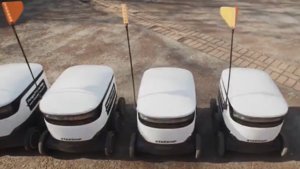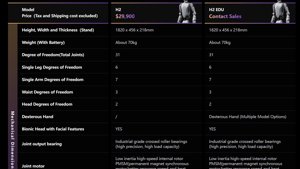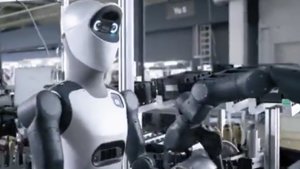Tesla has finally, and rather dramatically, slapped a date on its European ambitions for Full Self-Driving (Supervised), eyeing a February 2026 national approval in the Netherlands. [6, 19] This announcement signals a potential end to what’s been an absolute bureaucratic marathon for the company, which has spent well over a year meticulously demonstrating the tech across the continent. The golden ticket to unlocking the vast EU market lies with the Dutch approval authority, RDW, which is poised to grant the first critical exemption allowing the system to grace public roads. [5, 7, 14]
The crux of the biscuit, or rather, the central conflict, is that Europe’s existing rulebook – specifically UN Regulation 171 for Level 2 Driver Control Assistance Systems (DCAS) – is about as compatible with FSD’s operational philosophy as a cat with a particularly excitable pigeon. [2, 4] These regulations, bless their cotton socks, flat-out prohibit core FSD functions, like system-initiated lane changes, if the driver’s hands aren’t glued to the wheel. [11] Tesla, in a move that surprised precisely no one, has bluntly labelled these rules “outdated,” arguing that forcing FSD to comply would paradoxically turn a genuinely clever bit of kit into a right faff, making it not just less useful but, rather ironically, less safe. They’re putting their money where their mouth is, backing this claim with data from over 1 million kilometres of internal testing on EU roads.
Why Is This Important?
This Dutch two-step isn’t just about getting Teslas to elegantly change lanes all by their lonesome; it’s a crucial litmus test for the European Union’s agility in regulating modern, AI-driven systems. Tesla is waltzing down a specific legal pathway, an “Article 39 exemption,” designed for those shiny new technologies that are about as comfortable in the existing regulatory straitjacket as a quantum computer in a postcode lottery ticket machine. [8, 20] If the Netherlands’ national approval becomes the gold standard, a brilliant blueprint for other EU members, it could set a precedent for how the bloc handles other blisteringly fast-moving technologies. This would force a much-needed shift from rigid, prescriptive rules to a more flexible, evidence-based approach to safety. Truly, this is the irresistible force of data-driven autonomy meeting the very movable object of Brussels bureaucracy.






